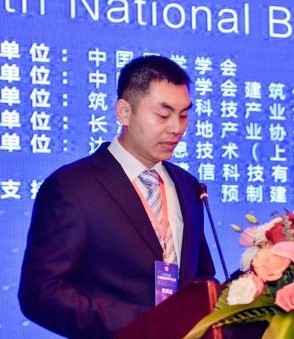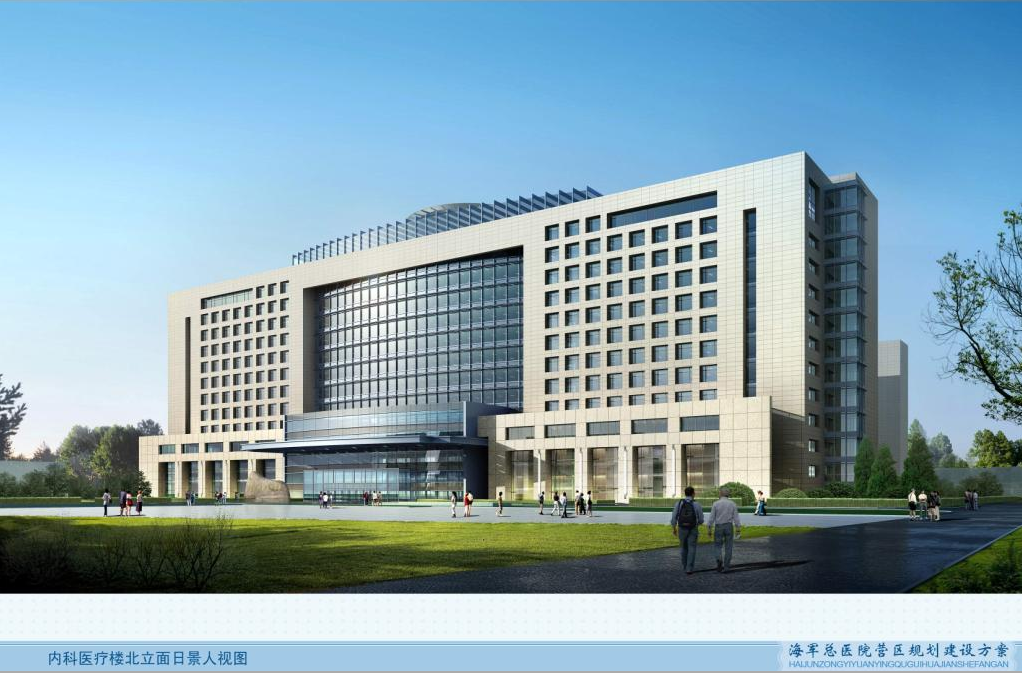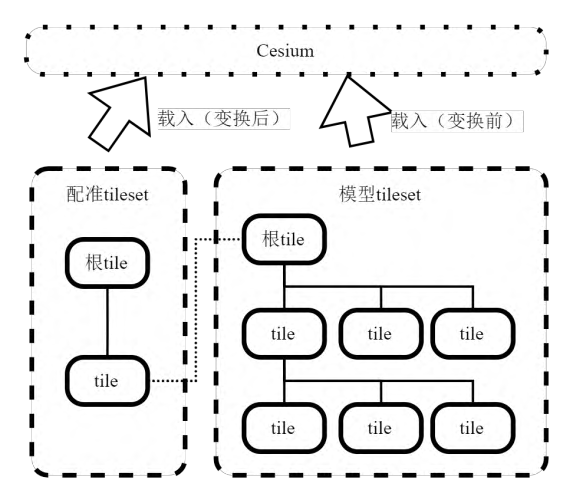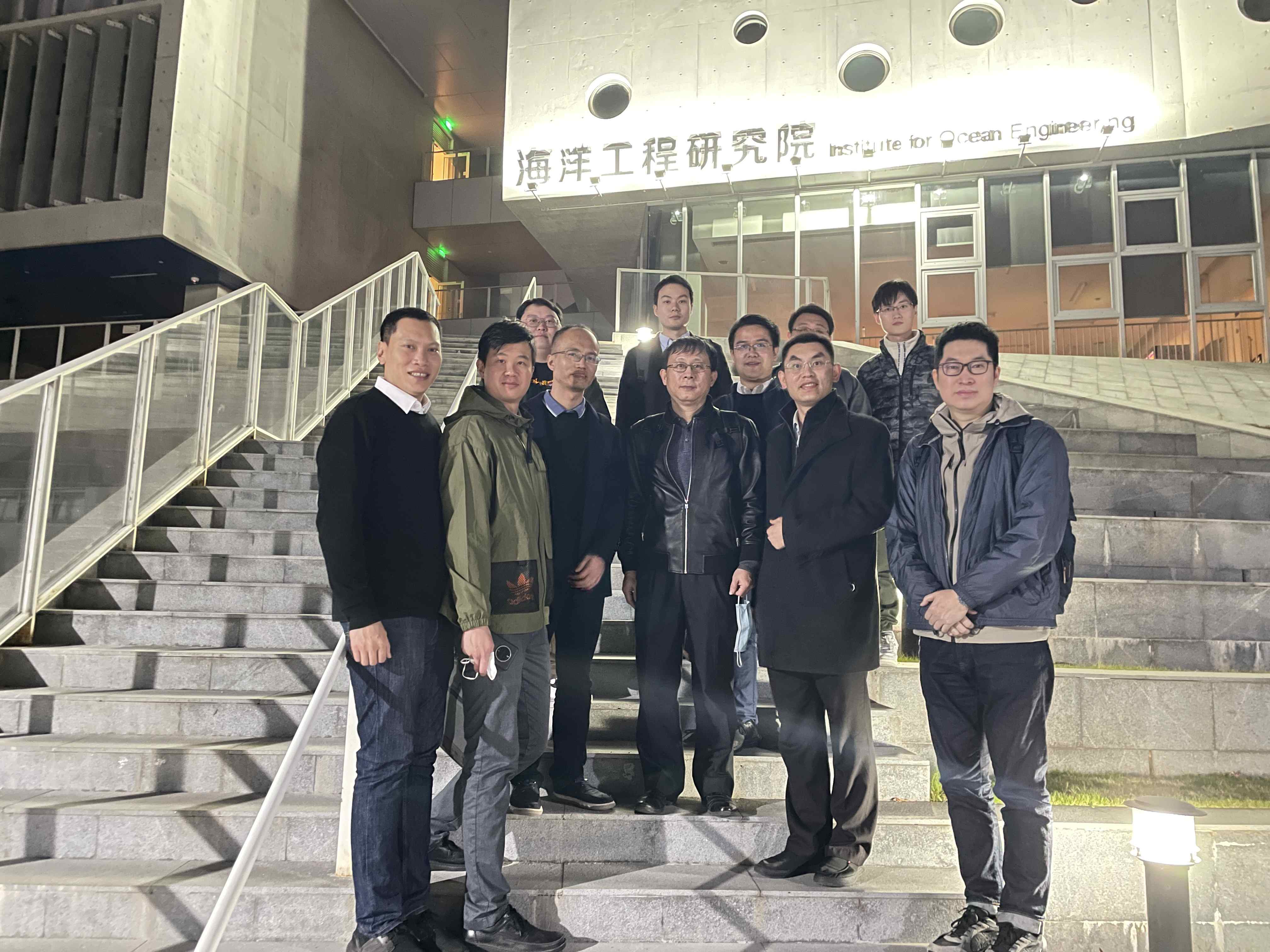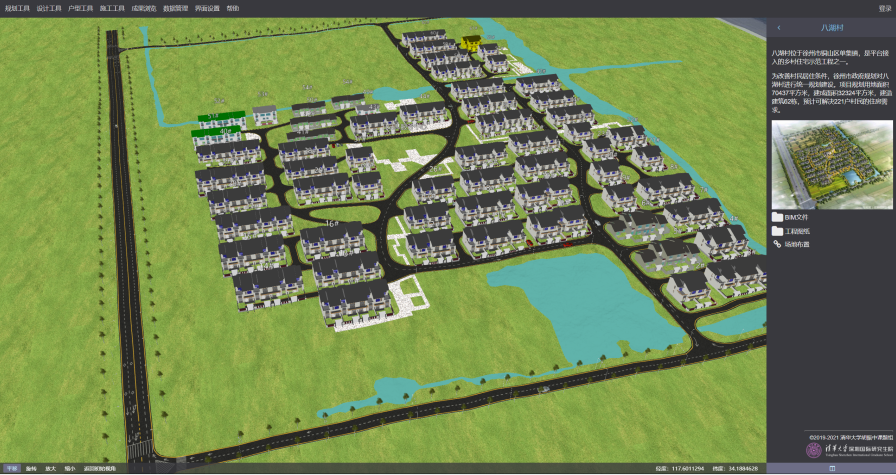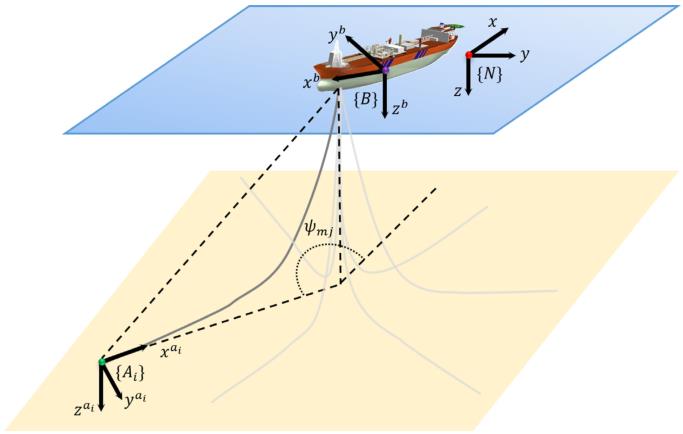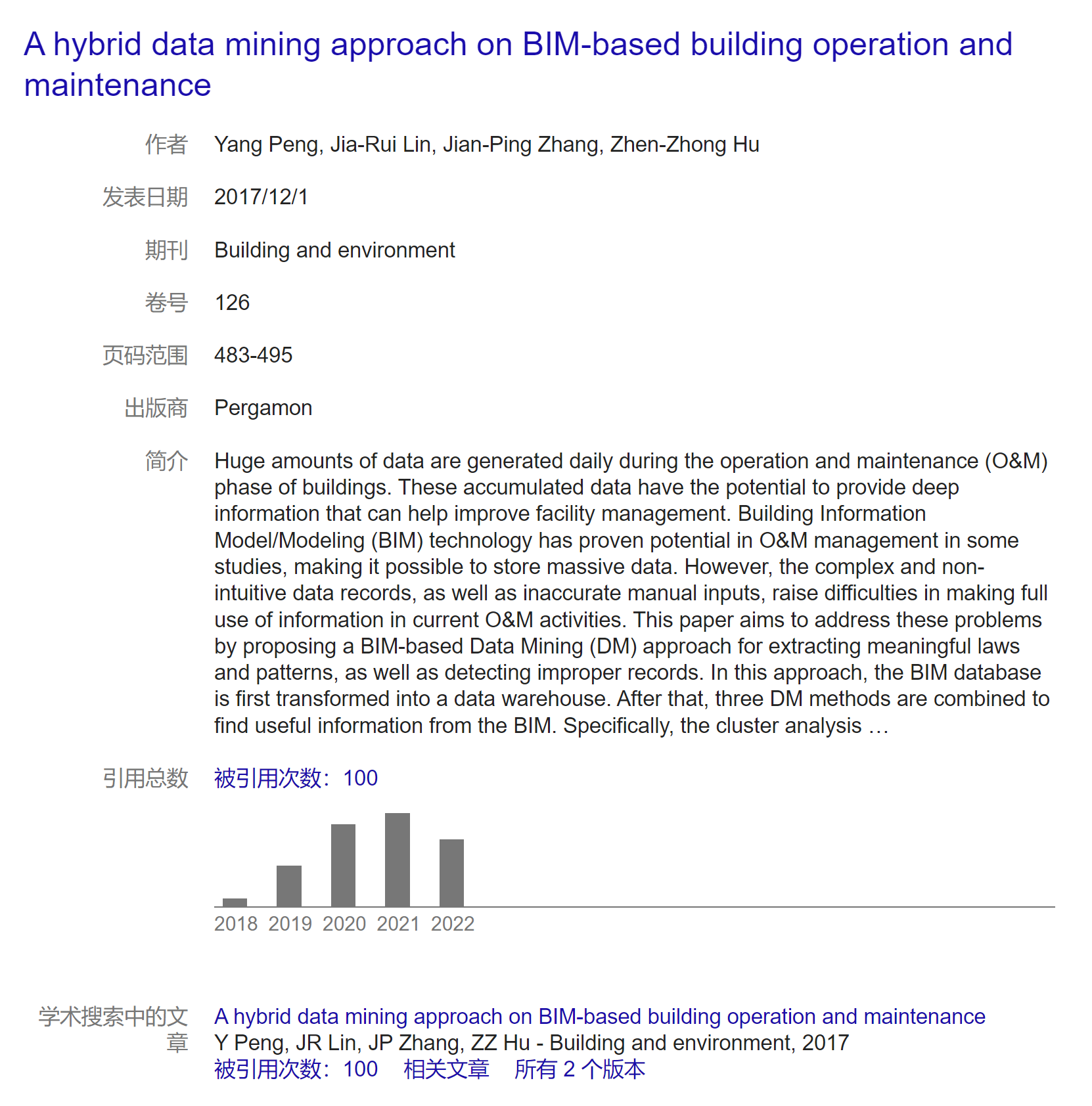On the afternoon of January 4th, Zou Dong, Secretary of the Party Committee of Guangzhou Metro Construction Management Co., Ltd. and a delegation visited Tsinghua Shenzhen International Graduate School to exchange scientific research work with members of the research group.
At the meeting, Chen Xiangxiang, a member of the research team, reported the research application and prospect of coding, open platform, IFC and other technologies in the field of rail transit. This paper makes a supplementary introduction to abstract terms such as component, construction resource, group and resource layer involved in the conceptual model of construction management, and further introduces the research progress of the research group on digital twinning and knowledge graph. Later, Secretary Zou Dong had an in-depth technical exchange with the members of the research group, and affirmed the ability of our research group to conquer the core key technologies of the intelligent construction of rail transit. He also expected that both sides could continue to strengthen cooperation, innovate and make greater achievements on the basis of the past!
Since 2014, the research group and Guangzhou Metro Construction Management Co., LTD., after eight years of joint research, established the information theory and technology system of digital twins-driven digital construction of rail transit engineering and the design standards and methods for digital construction of rail transit. Put forward and practice the digital twin driven rail transit digital integrated construction solution and management mode; A BIM convergence platform with independent property rights for rail transit engineering construction has been developed.
